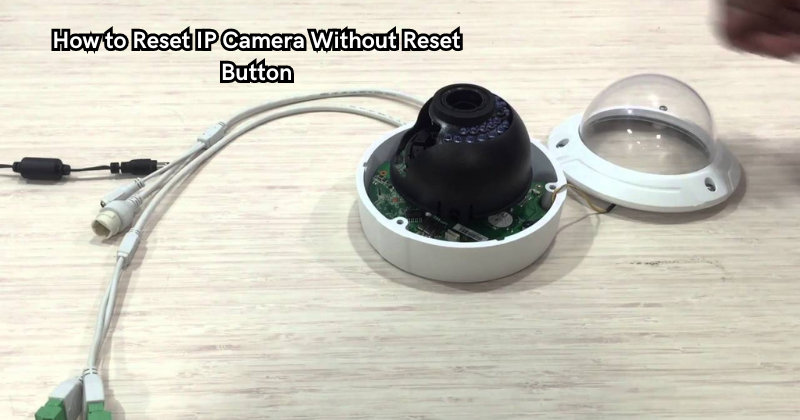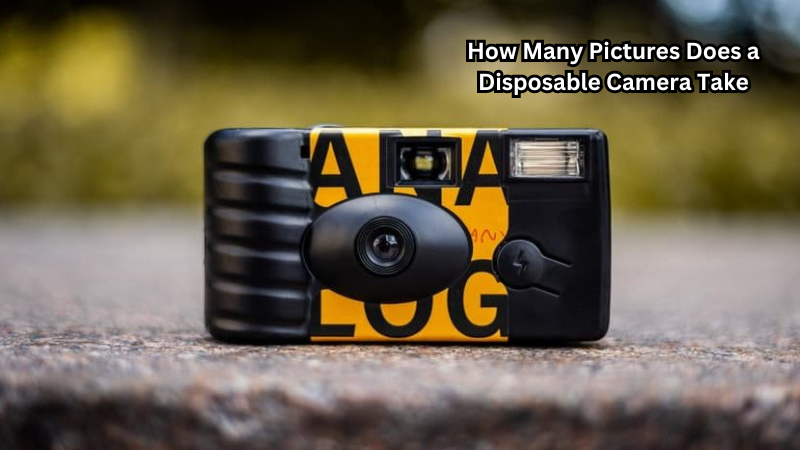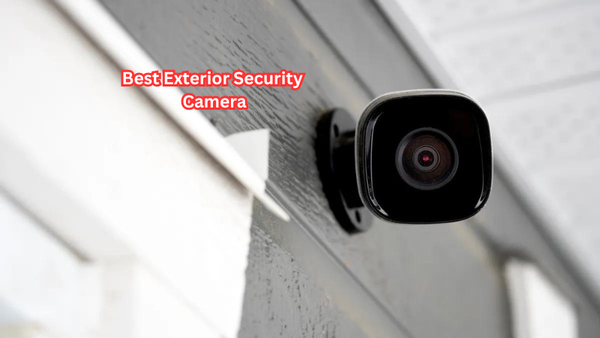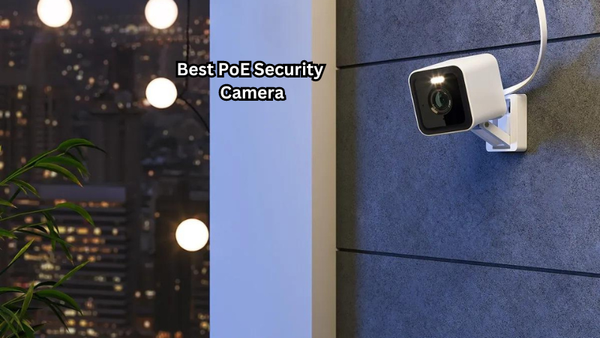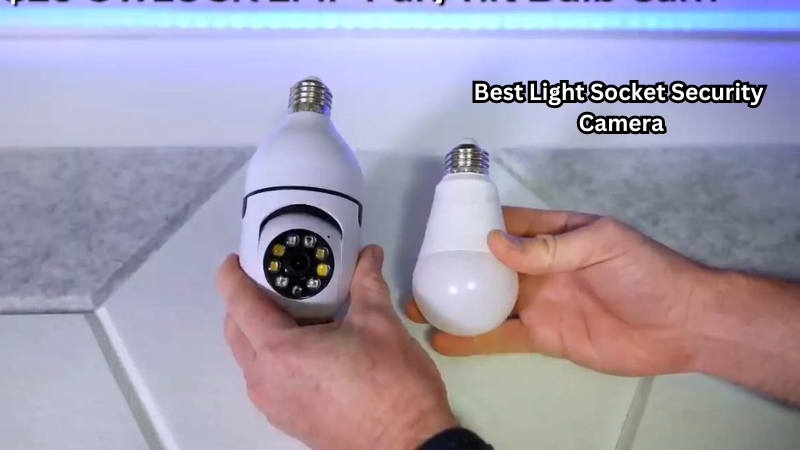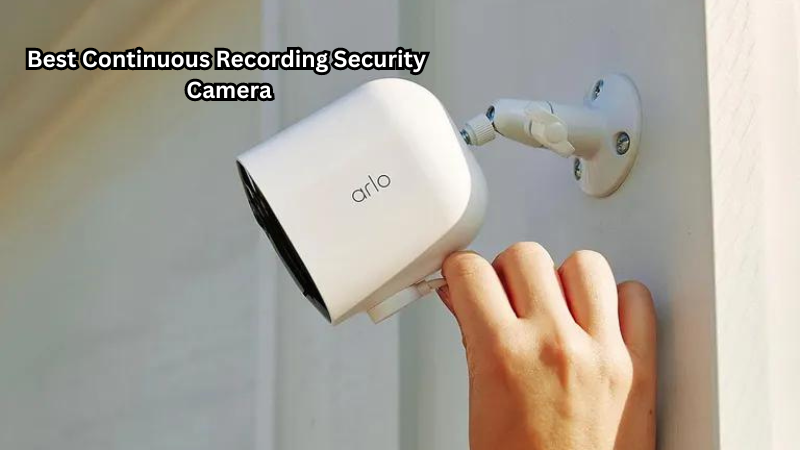Resetting an IP camera without a dedicated reset button requires a strategic approach to troubleshooting and maintenance. In situations where the traditional reset mechanism is unavailable, alternative methods can be employed to restore the camera to its default settings effectively.
By leveraging software tools provided by the camera's manufacturer or accessing the camera's configuration interface through a web browser, users can initiate a reset process without physical button intervention.
Understanding these workaround techniques and following step-by-step instructions can help ensure the smooth operation and functionality of the IP camera. Let's delve deeper into these innovative solutions for resetting IP cameras without a reset button.
What is an IP Camera?
An Internet Protocol (IP) camera is a digital video camera that transmits data over the Internet or a local network. It uses IP technology to send and receive video and audio signals, making it possible to access live footage remotely from any device with internet connectivity.
These cameras are highly versatile and can be used for security surveillance, monitoring, and other purposes in both residential and commercial settings.
Furthermore, IP cameras come with advanced features such as motion detection, night vision, and high-definition video recording, making them an increasingly popular choice for security systems. However, like any electronic device, these cameras may encounter technical issues over time, requiring troubleshooting or resetting to restore functionality.
Why Reset the IP Camera?
Resetting an IP camera can be necessary in various scenarios:
- To resolve technical issues: If the camera is experiencing frozen video, distorted images, or other problems, a reset may help to fix these issues and restore proper functioning.
- To change network settings: Resetting the IP camera can be necessary if you need to change network settings, such as the IP address or port number. This may be needed when configuring the camera for a new network or troubleshooting connectivity issues.
- To restore default settings: If you have made custom configurations to the camera and want to return it to its original state, a reset will erase any changes and restore factory settings.
- To regain access: In situations where the login credentials for the camera's interface are forgotten, resetting the camera can be used as a last resort to regain access and set new login information.
To setup and troubleshoot the camera, resetting it to its default settings is often the most straightforward solution. However, in cases where the traditional reset option is not available, alternative methods can be used.
How to Reset IP Camera Without Reset Button?
As mentioned earlier, resetting an IP camera without a reset button can be achieved through software tools or accessing the camera's interface through a web browser. Here are some methods to try:
Resetting an IP Camera Using Software Tools:
One of the most effective ways to reset an IP camera without a physical button is by utilizing software tools provided by the manufacturer. These tools are usually available for download on the manufacturer's website and can vary depending on the specific model of your IP camera.
Once you have downloaded and installed the appropriate software, follow these steps to reset your IP camera:
- Connect the computer running the software to the same network as the IP camera.
- Open the software and select the option to reset or restore factory settings.
- Follow any additional prompts or instructions provided by the software.
- Wait for the process to complete, and then disconnect from the camera's interface on your computer.
- Reboot the camera and wait for it to fully restart before attempting to access it again. The power source can be disconnected and reconnected if necessary.
Camera settings should now be restored to their default configurations. Camera model-specific instructions may also be available on the manufacturer's website. Bullet cameras, dome cameras, and PTZ cameras may have different methods for resetting using software tools.
Resetting an IP Camera through a Web-based Configuration Interface:
If your IP camera has a web-based configuration interface, you can use this method to reset it without a dedicated reset button. The camera's web interface can be accessed through a web browser on a computer connected to the same network as the camera. Network settings and login credentials may be required to access the interface.
Here's how:
- Connect your computer to the same network as the IP camera.
- Open a web browser and type in the IP address of your camera in the address bar. This information can usually be found in the camera's manual or through a network scanning tool.
- Enter your login credentials when prompted, which can also be found in the camera's manual or default settings. The password should be changed after resetting.
- Navigate to the system settings or maintenance section of the interface.
- Look for an option to reset or restore factory settings and select it.
- Confirm the action, then wait for the process to complete.
- Once finished, log out of the camera's interface and reboot the device before attempting to access it again.
Factory defaults should now be restored, and the camera can be configured with new settings as needed. Control button cameras, wireless IP cameras, and outdoor IP cameras may have different steps for resetting through the web interface.
Tips for Successful IP Camera Resetting
Here are some additional tips that can help ensure a successful reset of your IP camera:
- Always refer to the manufacturer's instructions and guidelines when attempting to reset the camera. Each model may have specific steps or requirements for resetting.
- Make sure the camera is not in use or recording before proceeding with a reset, as data may be lost during the process.
- Keep a record of your camera's login credentials in a secure location to avoid forgetting or losing them.
- If resetting does not resolve the issue, contact the manufacturer's customer support for further assistance. They may have additional troubleshooting steps or recommend sending in the camera for repairs.
With these tips in mind, you can successfully reset your IP camera without a dedicated reset button and resolve any technical issues or change settings as needed. However, the power supply should be stable, and the camera's firmware should always be up to date to avoid potential issues.
Additional Considerations for Troubleshooting IP Cameras
In addition to resetting an IP camera, there are other troubleshooting steps that can be taken to resolve technical issues. Here are some common problems and their potential solutions:
- Video loss: If your IP camera is experiencing video loss, check the network connection and make sure it is stable. Also, ensure that you have sufficient bandwidth for streaming videos. If the issue persists, try resetting the camera or contacting customer support.
- Image quality issues: If your camera's image quality is poor, check the lens and make sure it is clean. You can also adjust the camera's resolution and frame rate to improve image quality. If that doesn't work, try resetting the camera or updating its firmware.
- No network connection: If your IP camera is not connecting to the network, check all network cables and connections. Also, make sure the camera is using the correct IP address and subnet mask. If the problem persists, try resetting the camera or contacting customer support.
- Power supply issues: In some cases, power supply problems may cause technical issues with your IP camera. Make sure the camera is receiving sufficient power and that there are no loose connections. You may also try resetting the camera or contacting customer support if necessary.
By following these tips and troubleshooting steps, you can resolve common technical issues with your IP camera and ensure it is functioning properly.
How do you reset the IP Camera with the Reset Button?
If your IP camera has a physical reset button, it can be used to perform a hard reset and restore factory settings. Here's how:
- The reset button located on cameras usually needs to be pressed and held for a few seconds. Refer to the manufacturer's instructions for specific timing.
- While holding down the reset button, disconnect and reconnect the camera power source. If you press too long or short, the reset may not occur.
- Continue to hold the reset button until the camera's indicator lights flash or change color.
- Release the button and wait for the camera to fully restart.
- Once the camera is back online, all settings should be restored to their default configurations. However, a hard reset may also delete any saved footage or recordings on the camera's storage device.
FAQs
Do cameras have a reset button?
Not all cameras have a physical reset button, but most IP cameras have a way to reset them through the web-based configuration interface.
What should I do if my camera is still not working after resetting?
If resetting does not resolve the issue, contact the manufacturer's customer support for further assistance. They may have additional troubleshooting steps or recommend sending in the camera for repairs.
How do I reset my Hikvision camera without the button?
If your Hikvision camera does not have a physical reset button, you can usually reset it through the web-based configuration interface. Plus, you can also try power cycling the camera by disconnecting and reconnecting its power source. The exact steps may vary depending on the model of your Hikvision camera.
Can I reset my camera without losing any recordings or settings?
No, resetting a camera will restore it to its factory default settings and can potentially delete any saved footage or recordings on the device. It is important to back up any important data before performing a reset.
Conclusion
In conclusion, mastering the art of resetting an IP camera without a physical reset button showcases adaptability and resourcefulness in dealing with technical challenges.
As technology evolves, the ability to navigate such situations skillfully becomes increasingly valuable.
By staying informed, proactive, and innovative in problem-solving approaches, individuals can ensure that their IP cameras remain reliable tools for surveillance and security purposes. Cheers to mastering the intricacies of IP camera maintenance without missing a beat.
